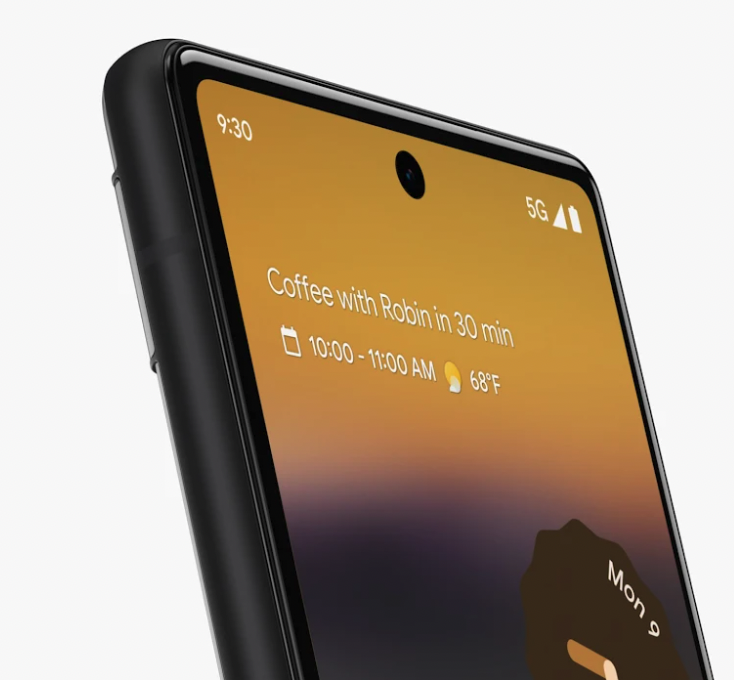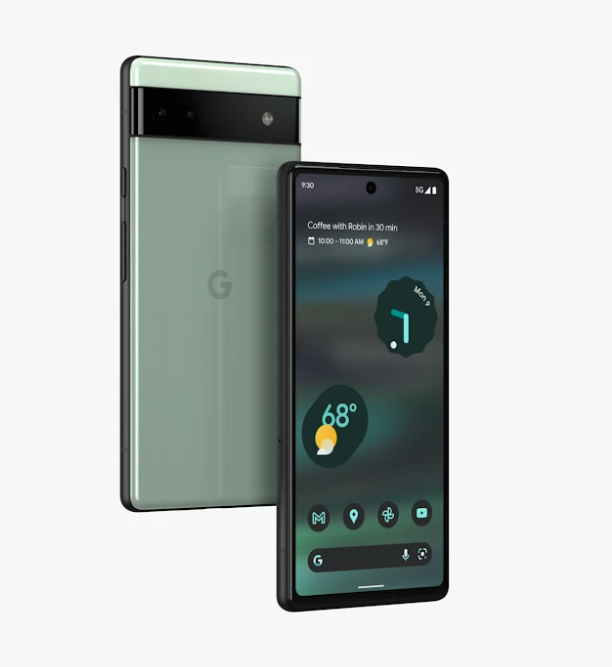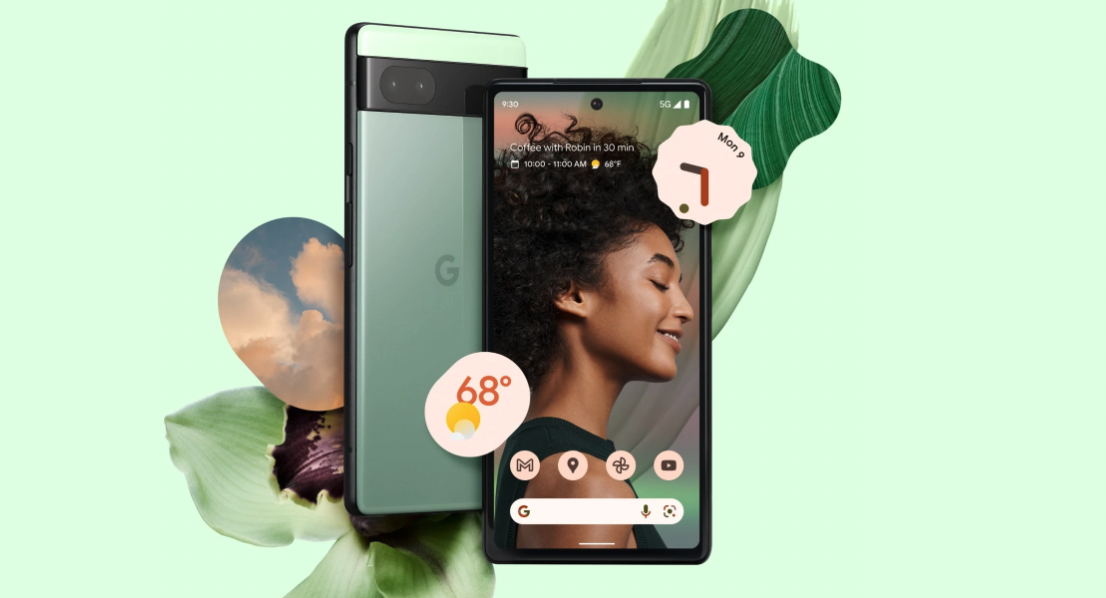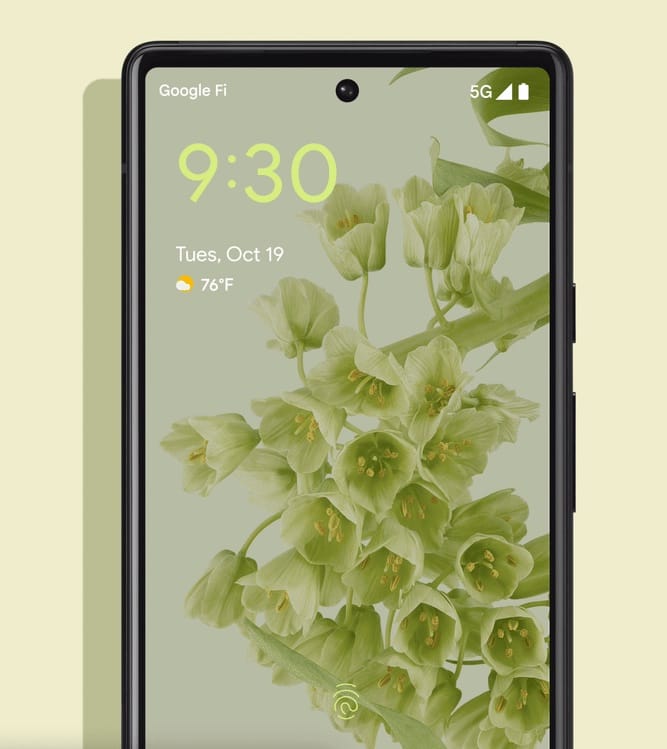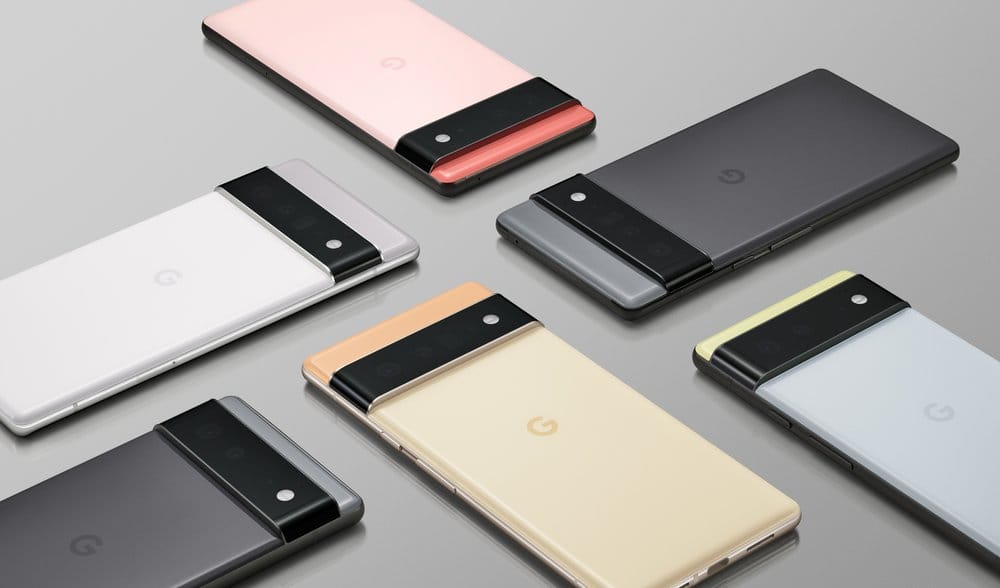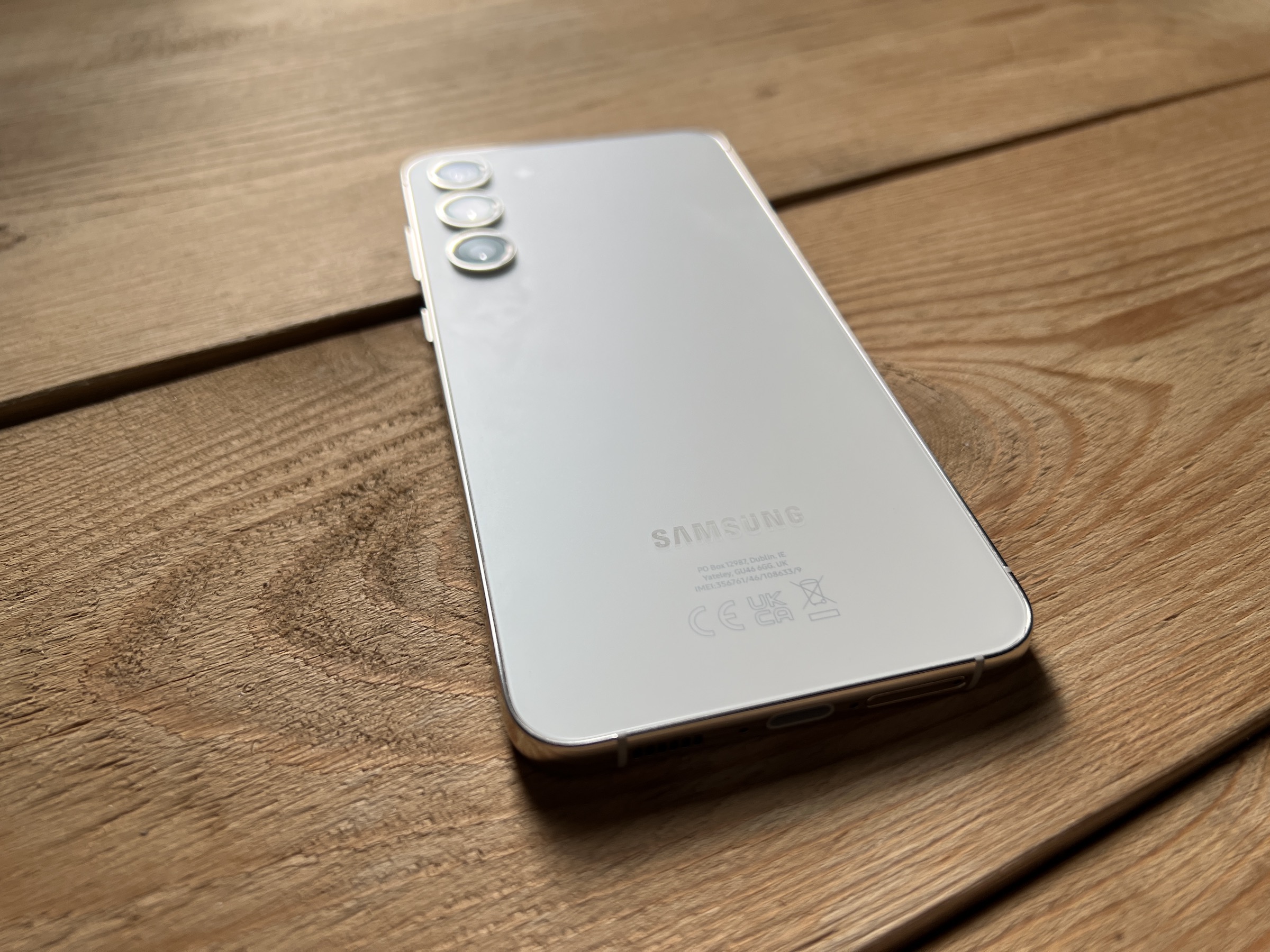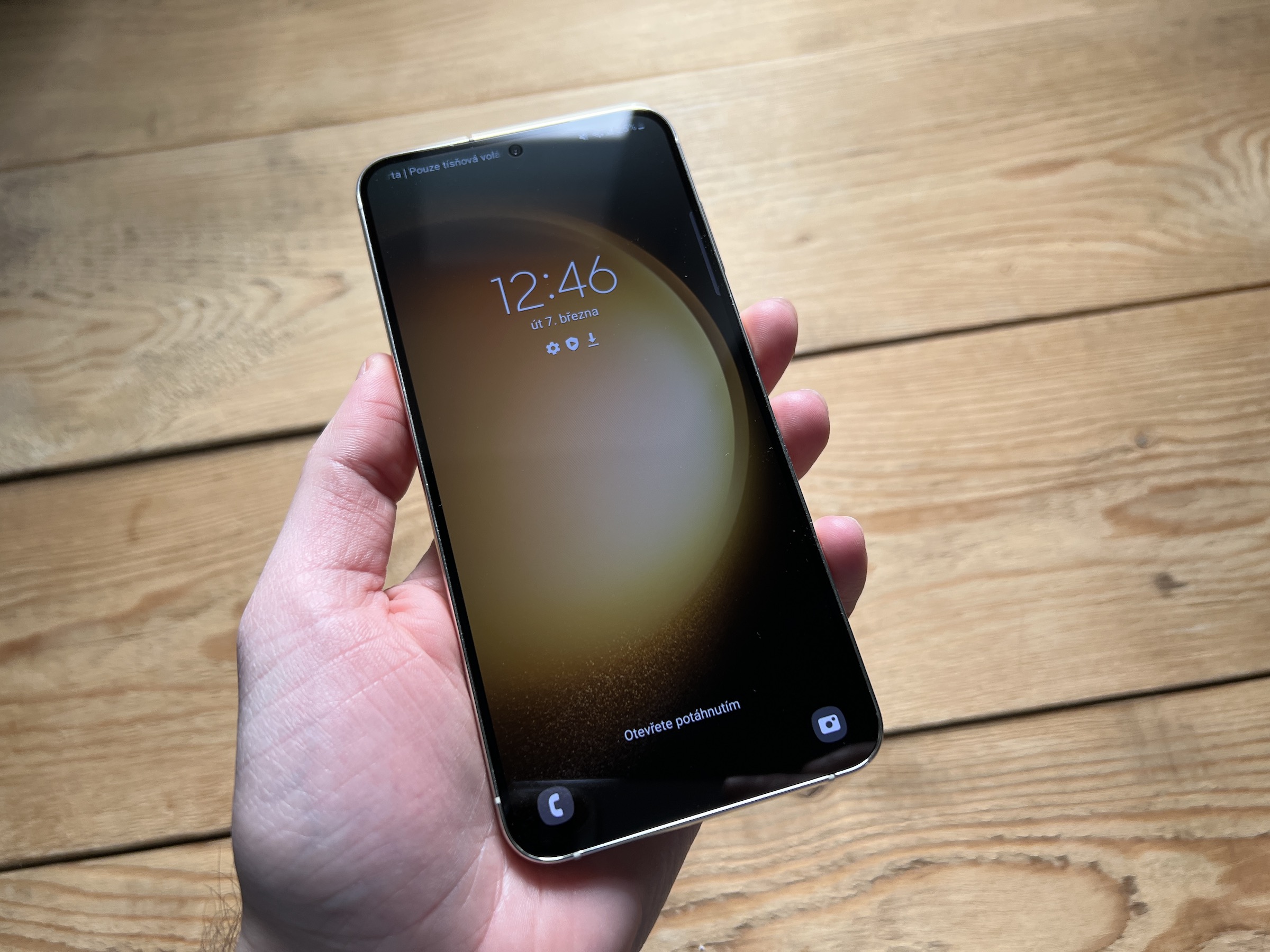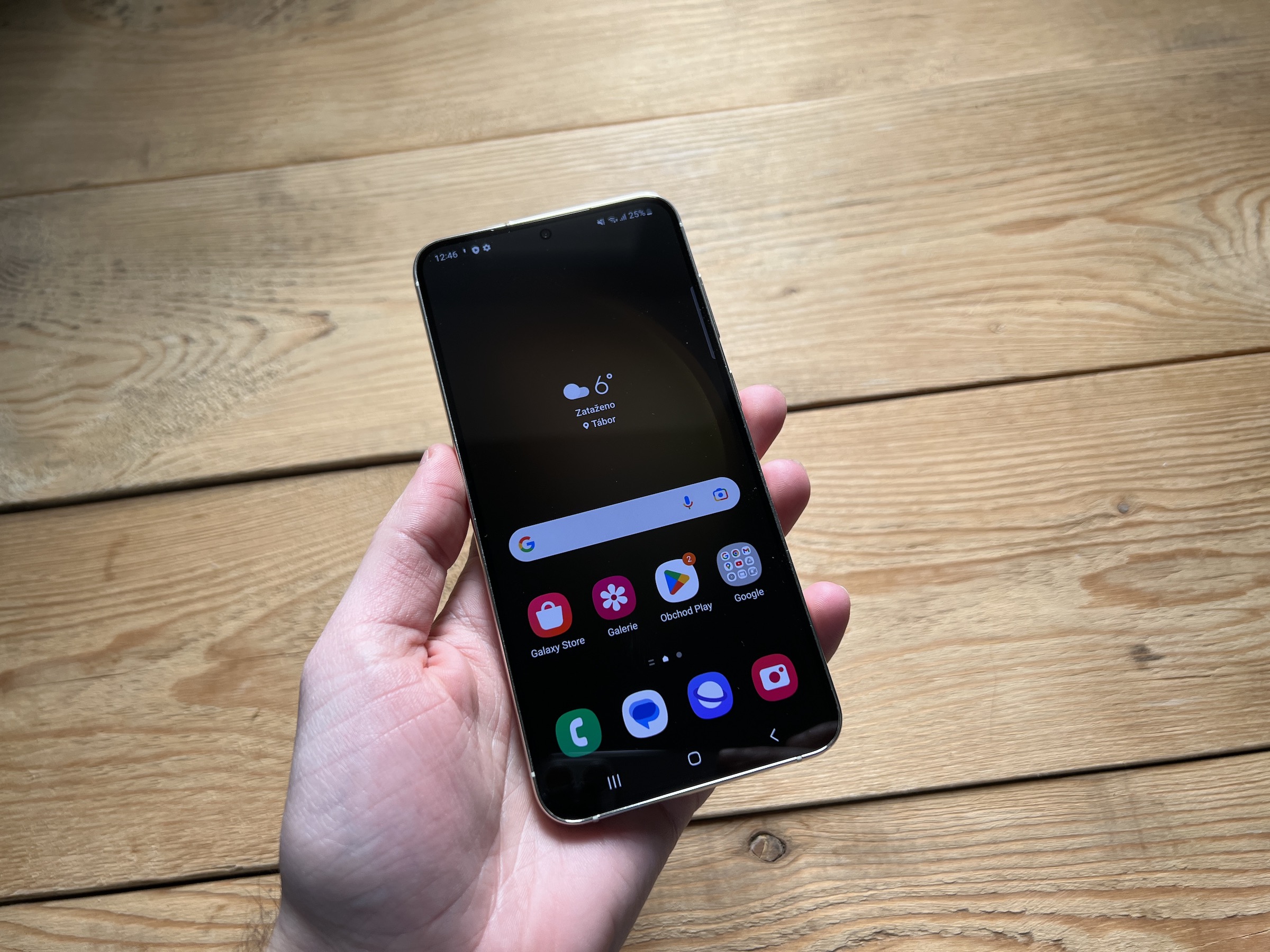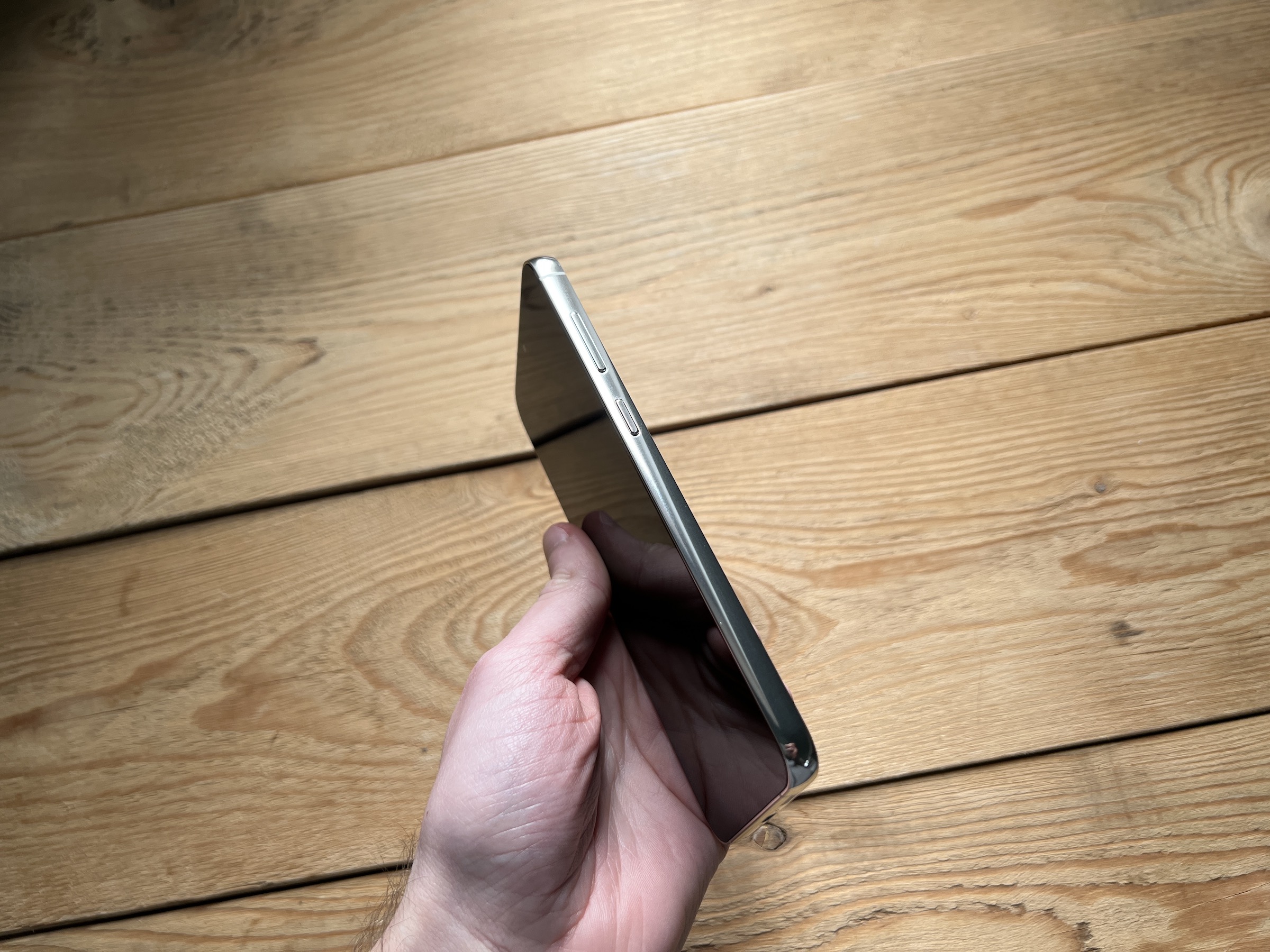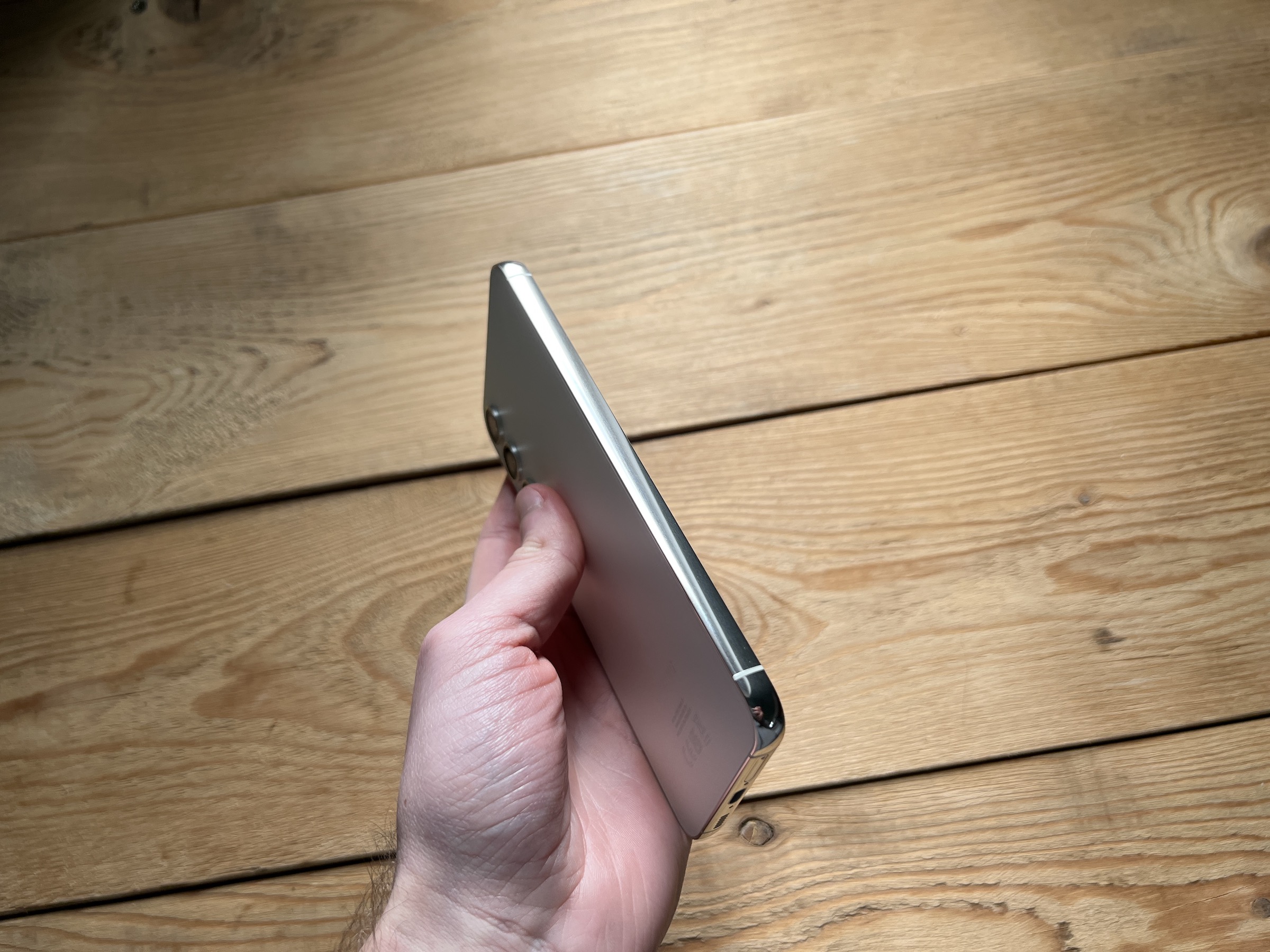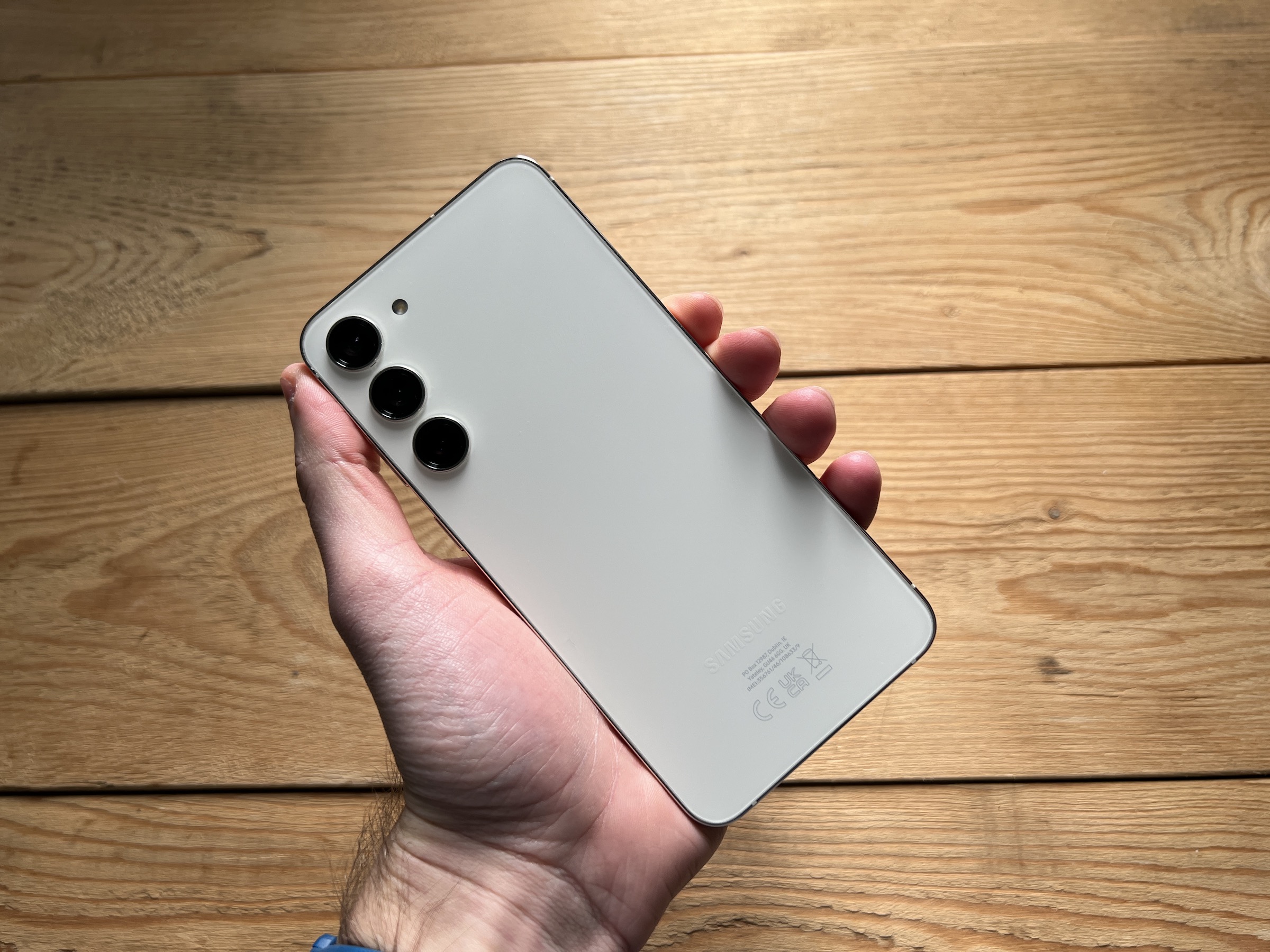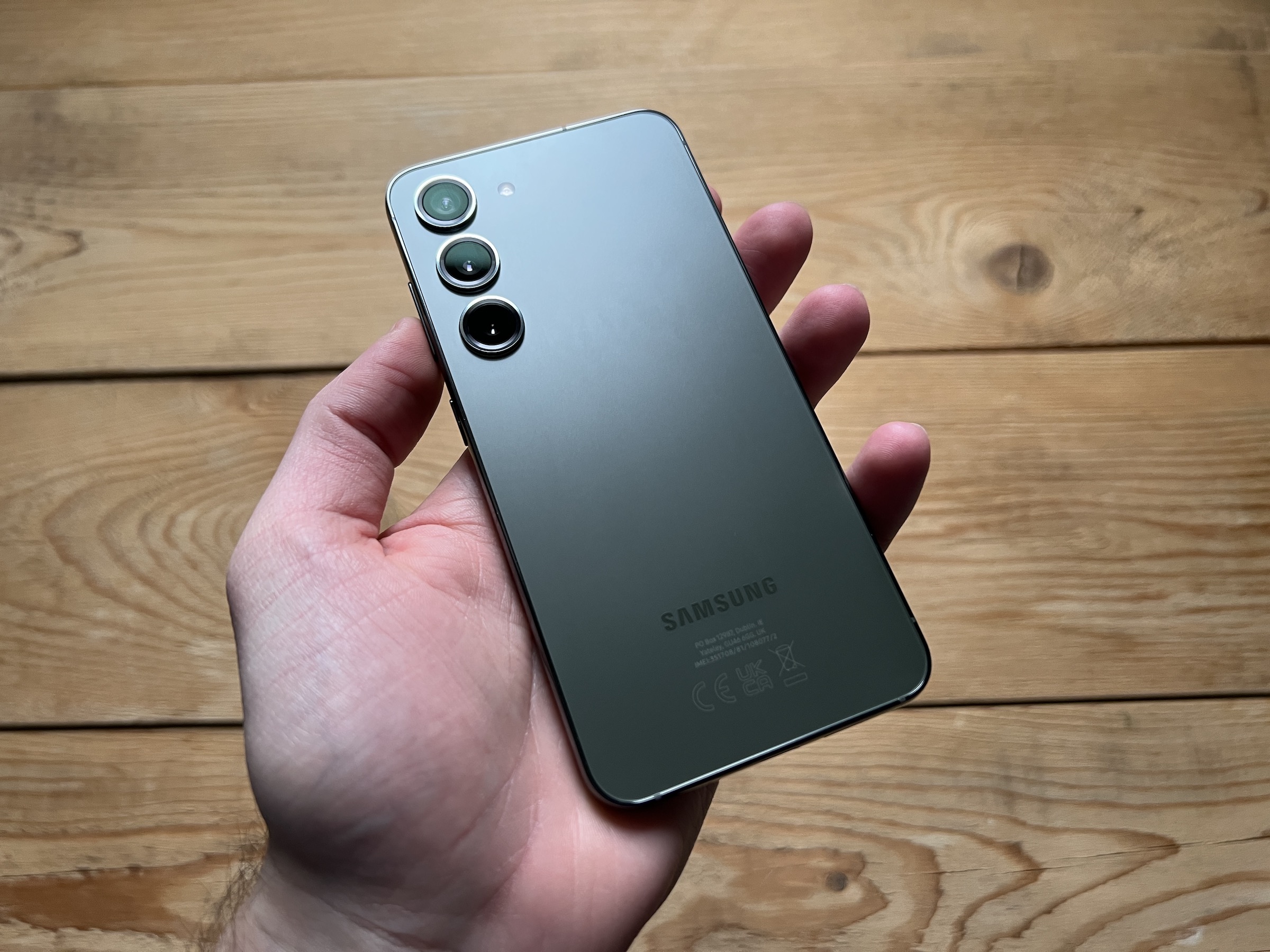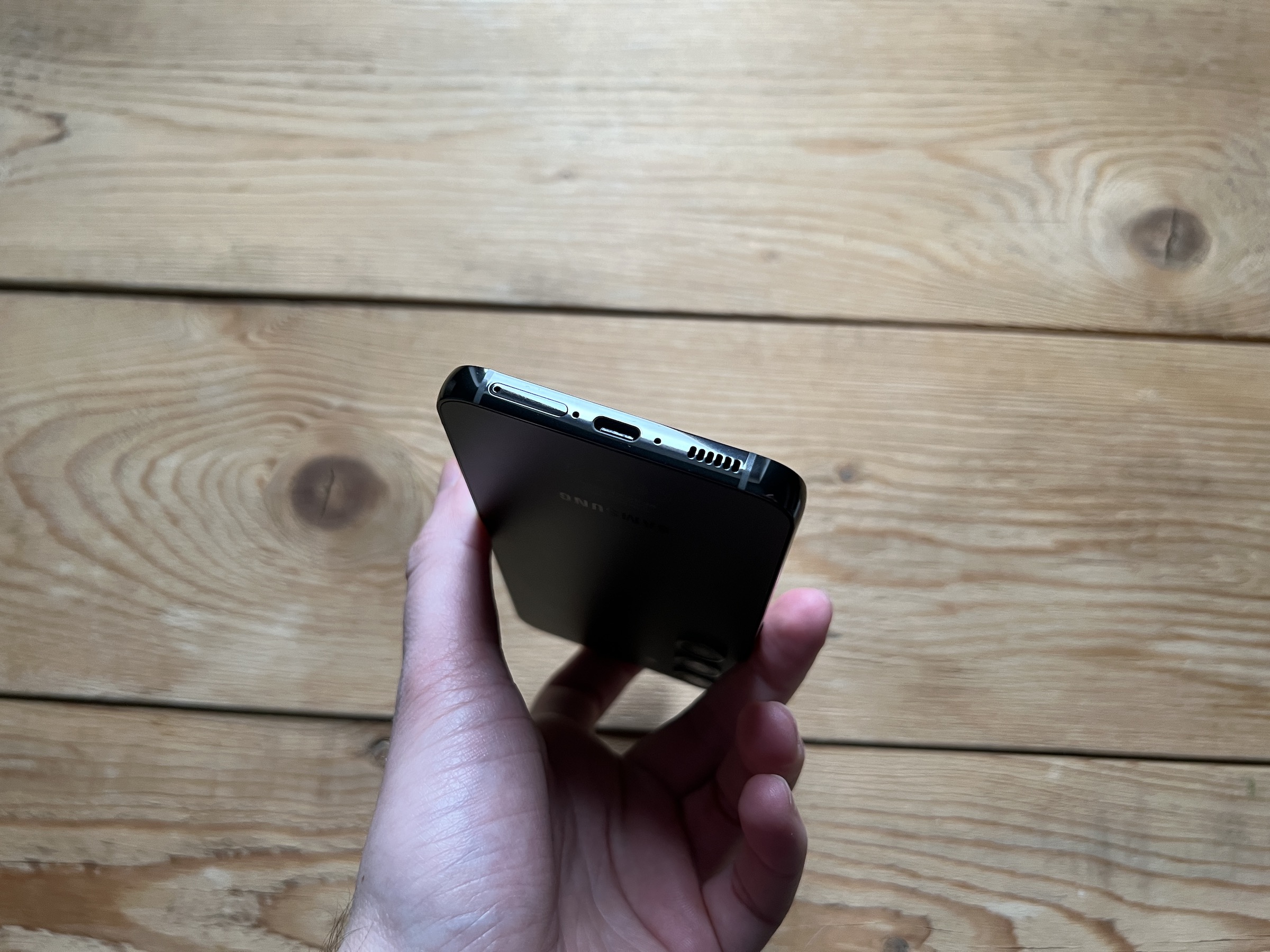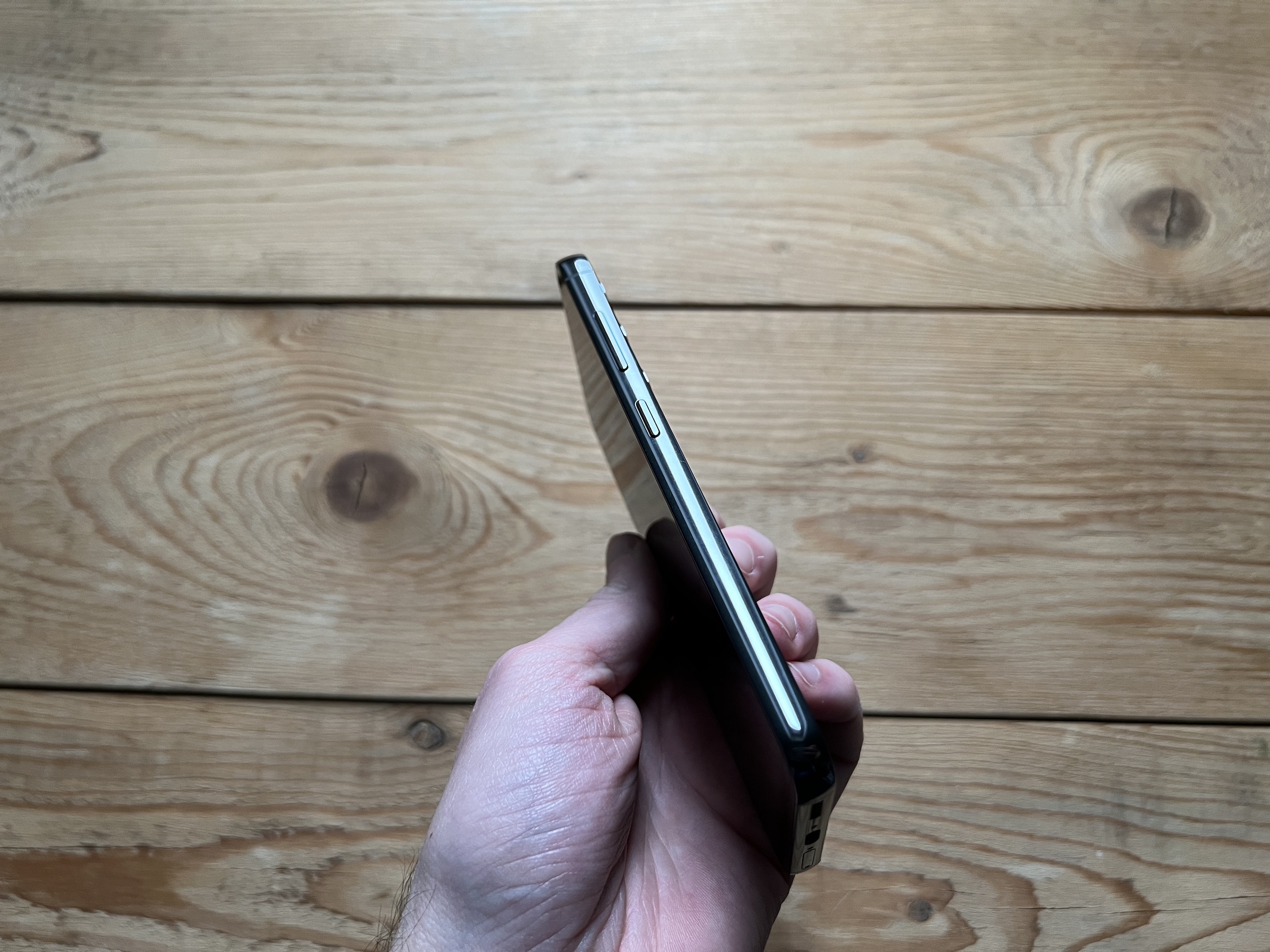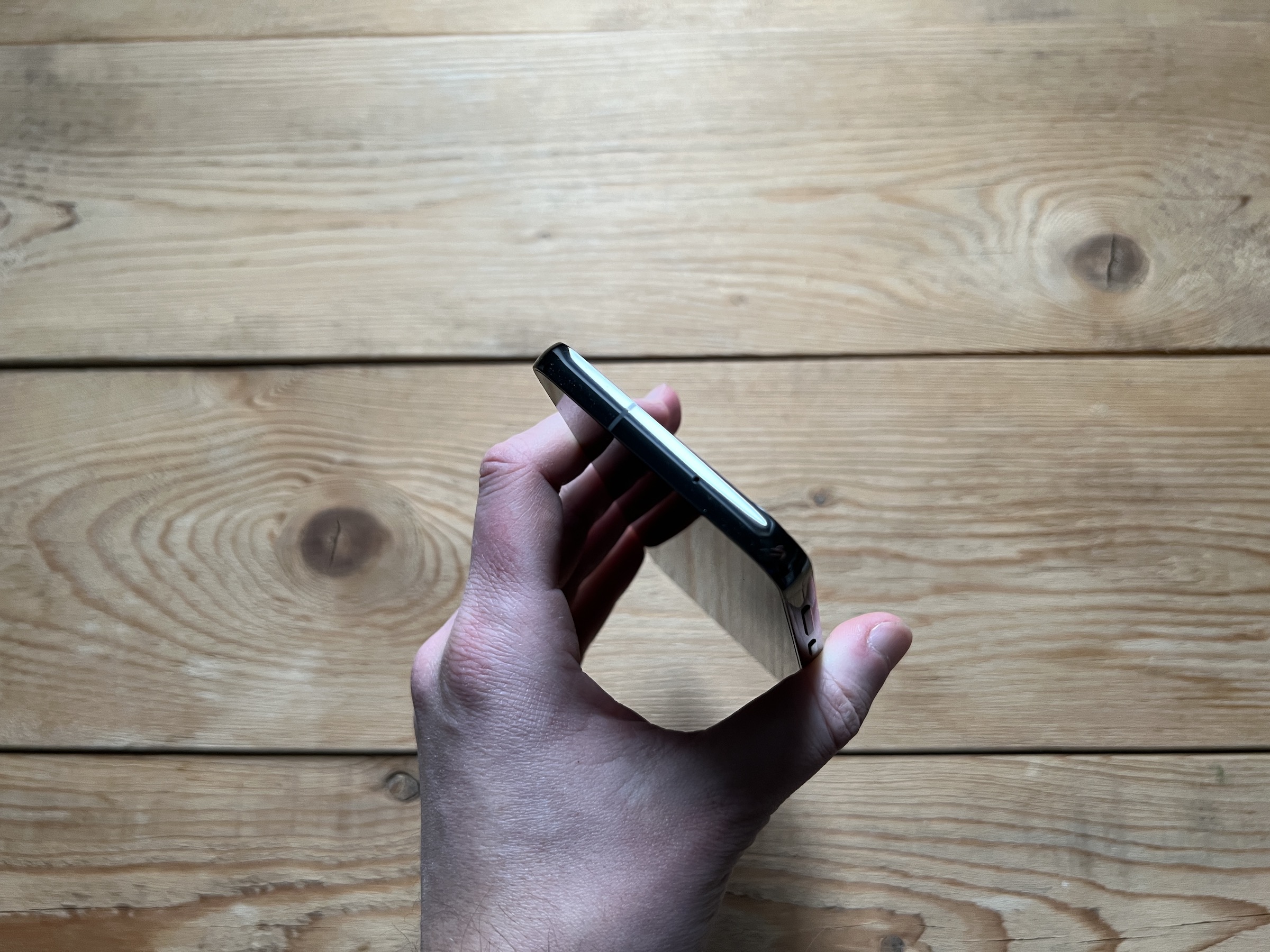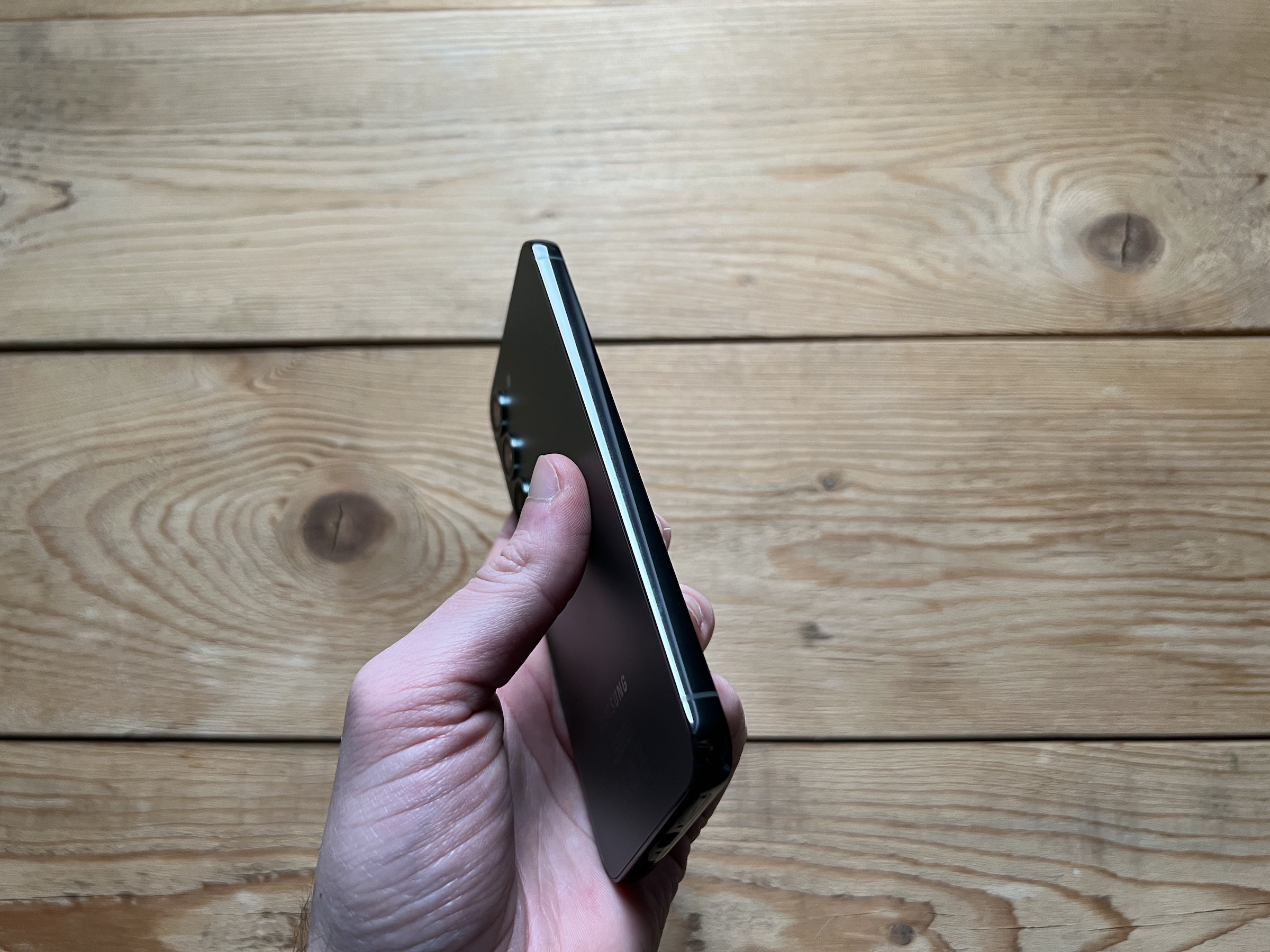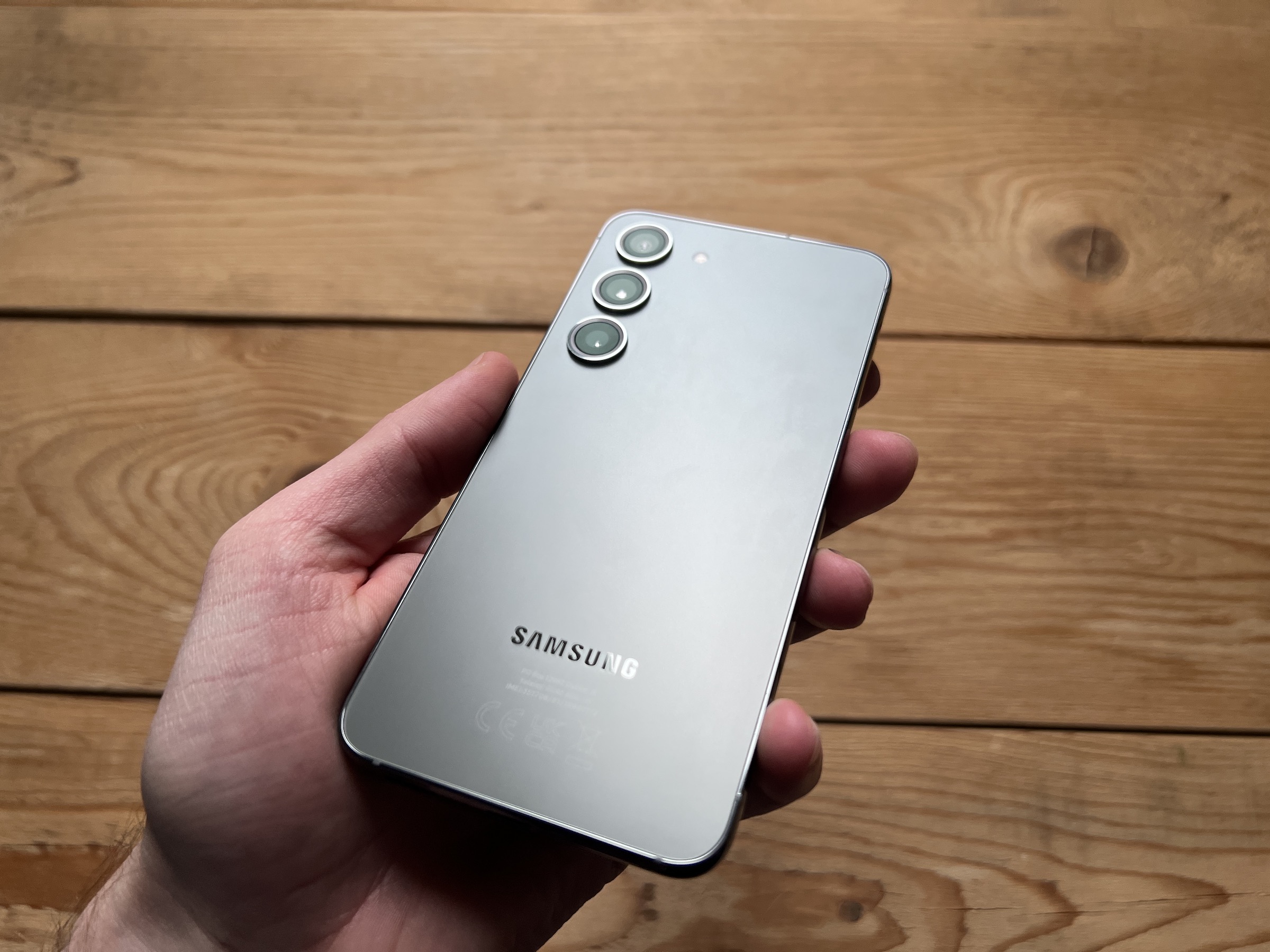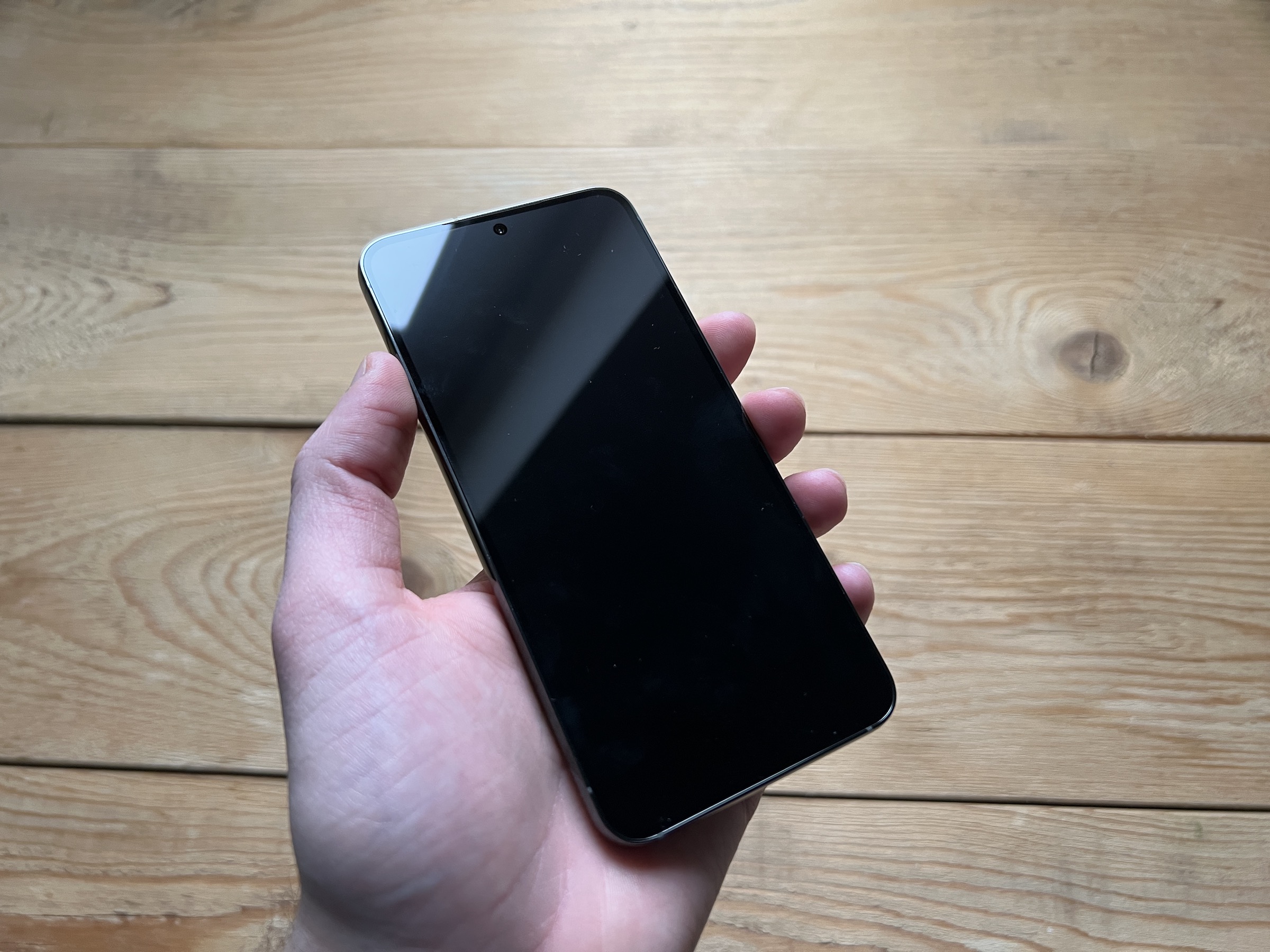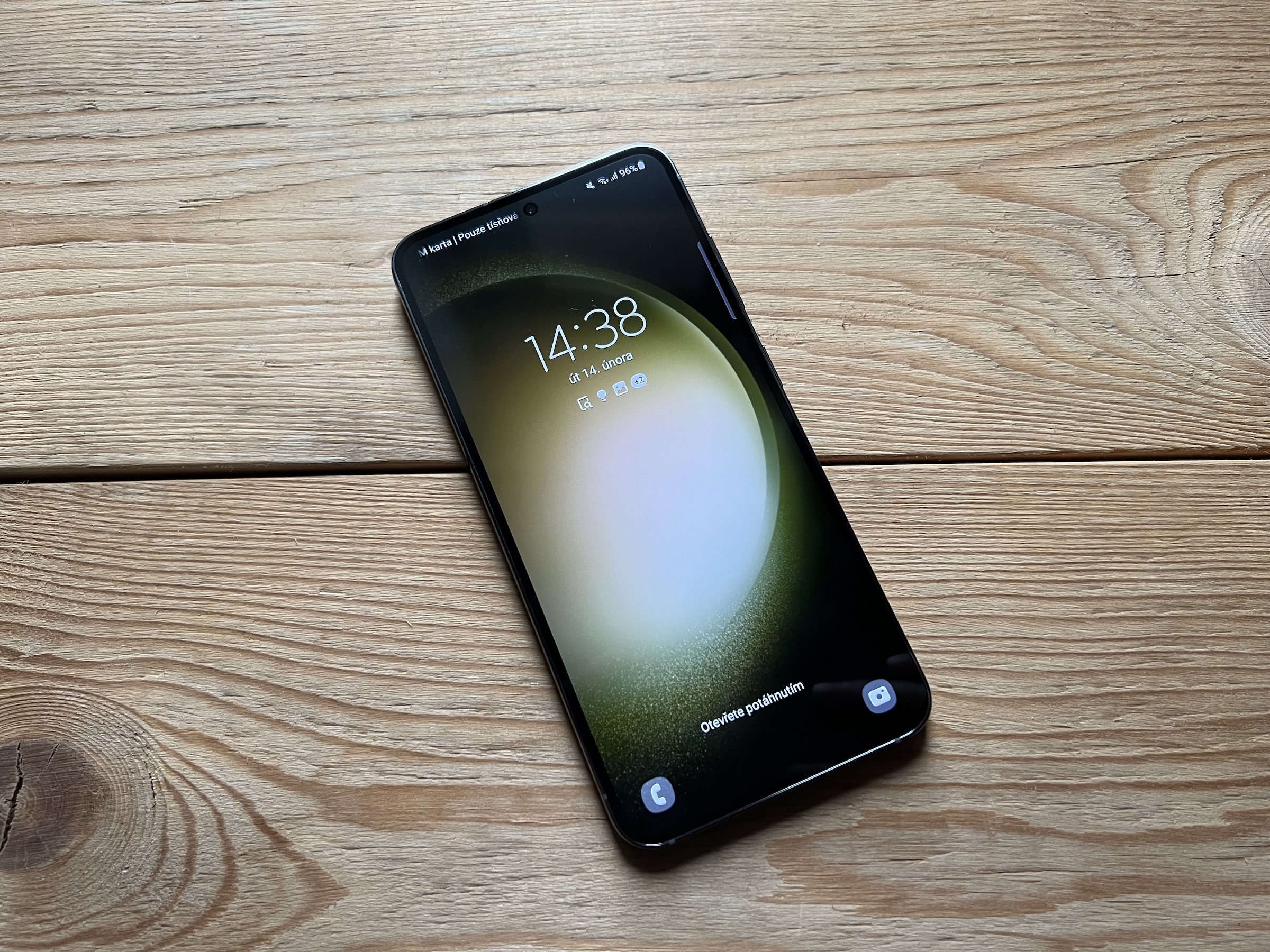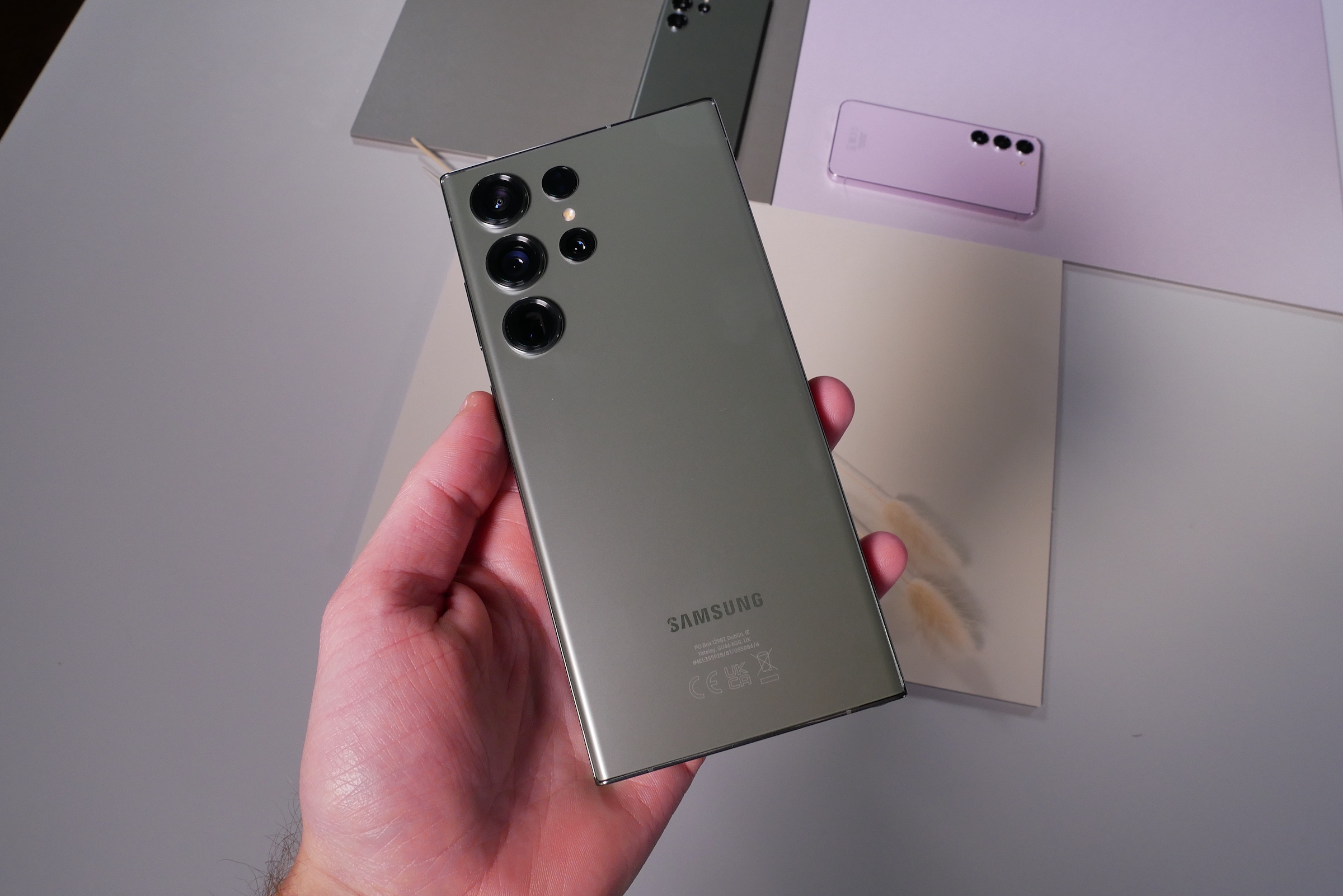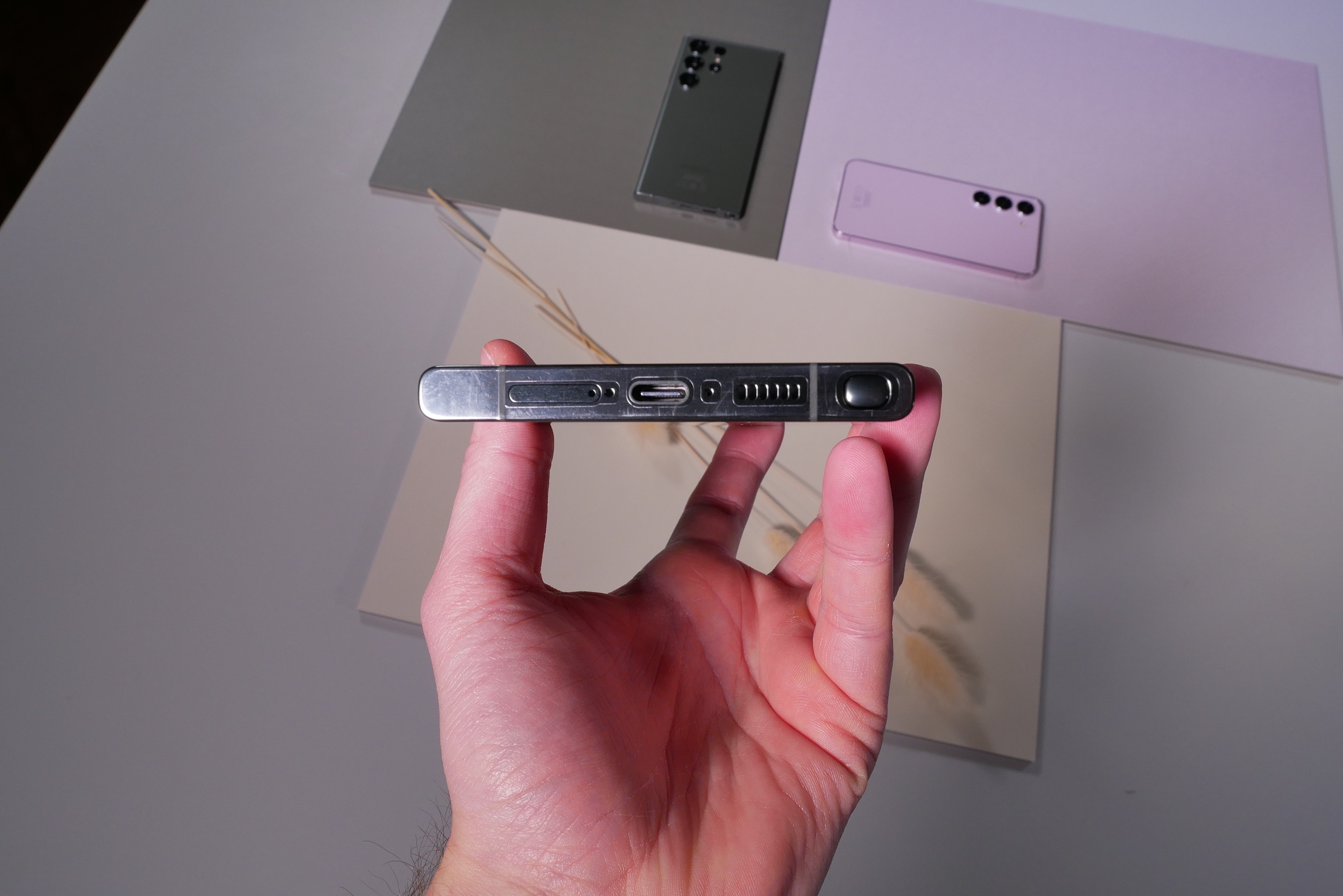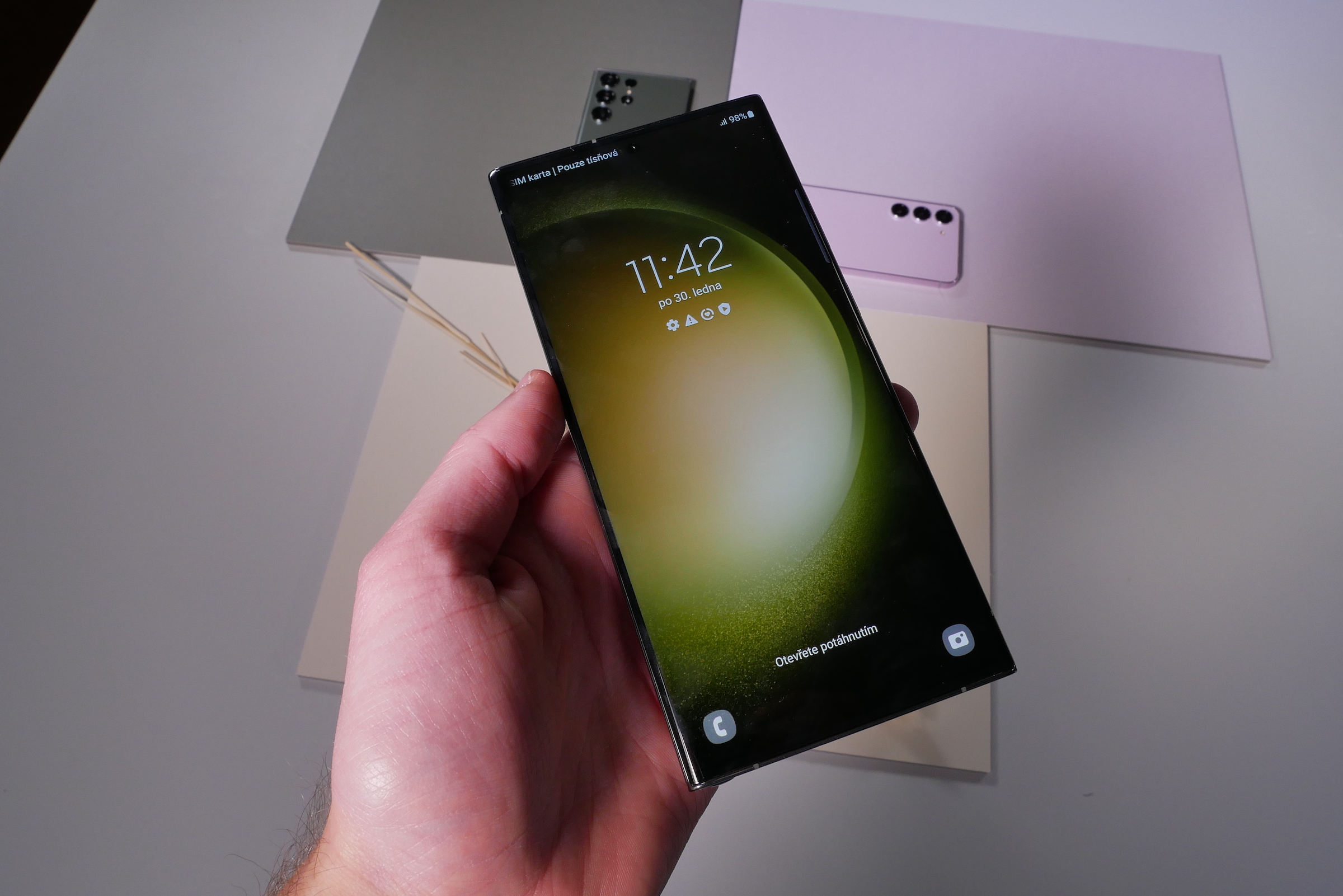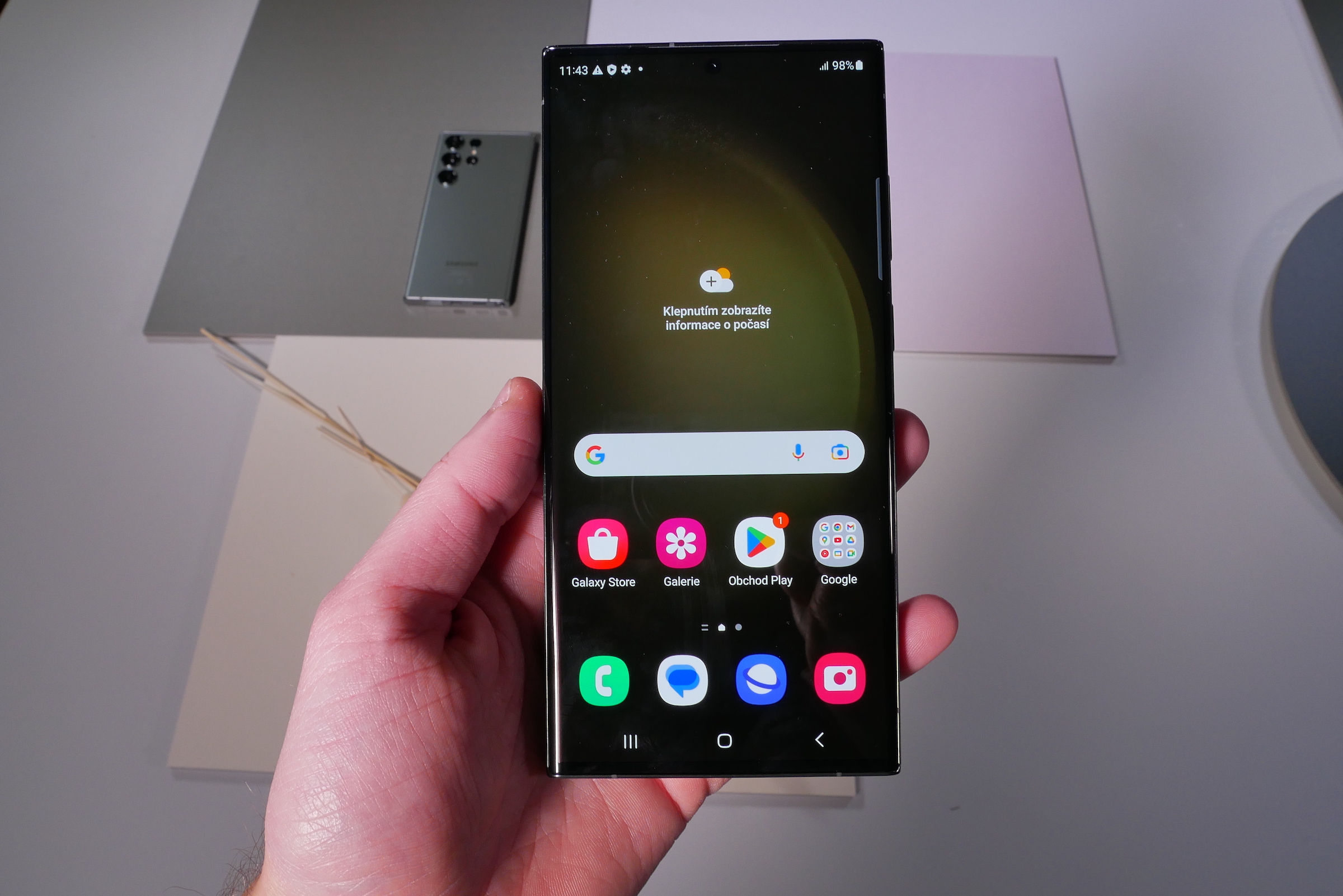Previously, they had to be challenged to do sothemselves, but as the user base and the functionality of the systems themselves grew, companies came up with a fairly efficient form of debugging upcoming systems. It will allow even ordinary mortals to test new systems before their release. This is the case with both Apple and Google.
If we are talking about iOS, iPadOS, macOS, but also tvOS and watchOS, Apple offers its Beta Software Program. If you become a member, you can participate in shaping the company's software by testing preliminary versions and reporting bugs through the Feedback Assistant application, which will then be fixed in the final versions. This has the advantage, for example, that you get access to new functions before others. You don't have to be just a developer. You can sign up for Apple's beta program directly on its website <a href="https://cdn.shopify.com/s/files/1/1932/8043/files/200721_ODSTOUPENI_BEZ_UDANI_DUVODU__EN.pdf?v=1595428404" data-gt-href-en="https://en.notsofunnyany.com/">here</a>.
However, it is still necessary to distinguish between developer and public testing. The first is for a closed group of people with prepaid developer accounts. They usually have access to install the beta a month earlier than the public. But they do not pay anything for the possibility of testing, they just have to own a compatible device. Apple has everything relatively well lined up - at WWDC they will introduce new systems, give them to developers, then to the public, the sharp version will be released in September together with the new iPhones.
It could be interest you
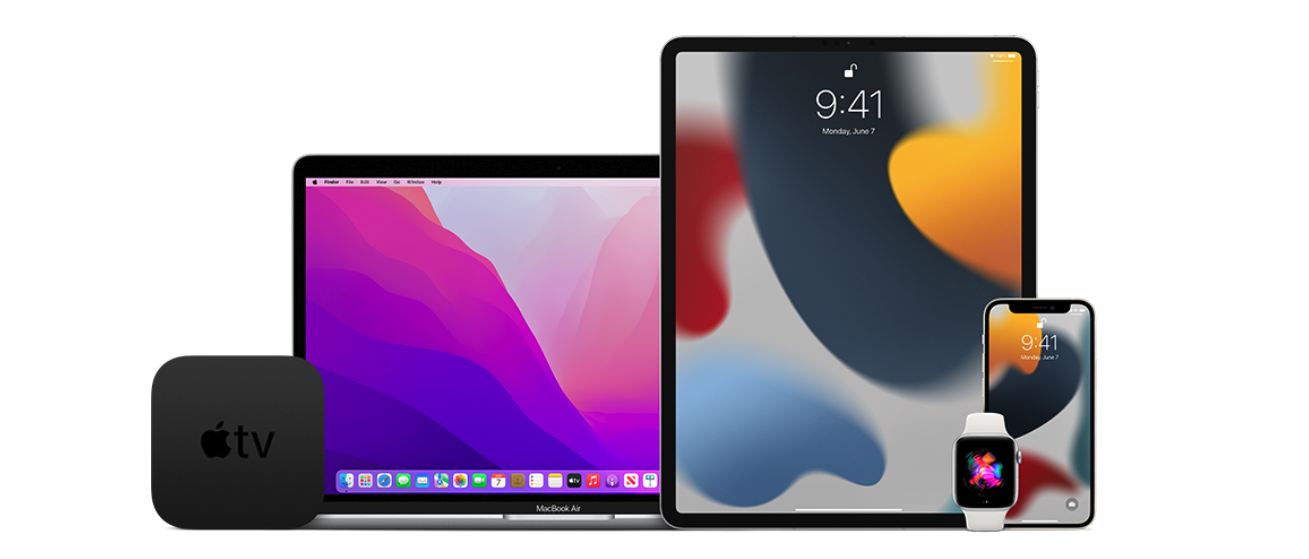
It's more complicated on Android
You can kind of expect that in the case of Google there will be a nice mess. But he also has an Android Beta Program, which you can find <a href="https://cdn.shopify.com/s/files/1/1932/8043/files/200721_ODSTOUPENI_BEZ_UDANI_DUVODU__EN.pdf?v=1595428404" data-gt-href-en="https://en.notsofunnyany.com/">here</a>. When you sign in the device you want to test Android on, you'll be prompted to choose the program you want to sign up for. That's fine, the problem is elsewhere.
The company usually releases a developer preview of the upcoming version of Android, currently Android 14, at the beginning of the year. However, its official presentation is not planned until May, when Google usually holds its I/O conference. The fact that it is a developer preview clearly means that it is intended exclusively for developers. Usually several of them come out to the show. But in addition to that, it still releases new versions of the current system, which bears the QPR label. However, everything is tied to Google's devices, i.e. its Pixel phones.
It could be interest you
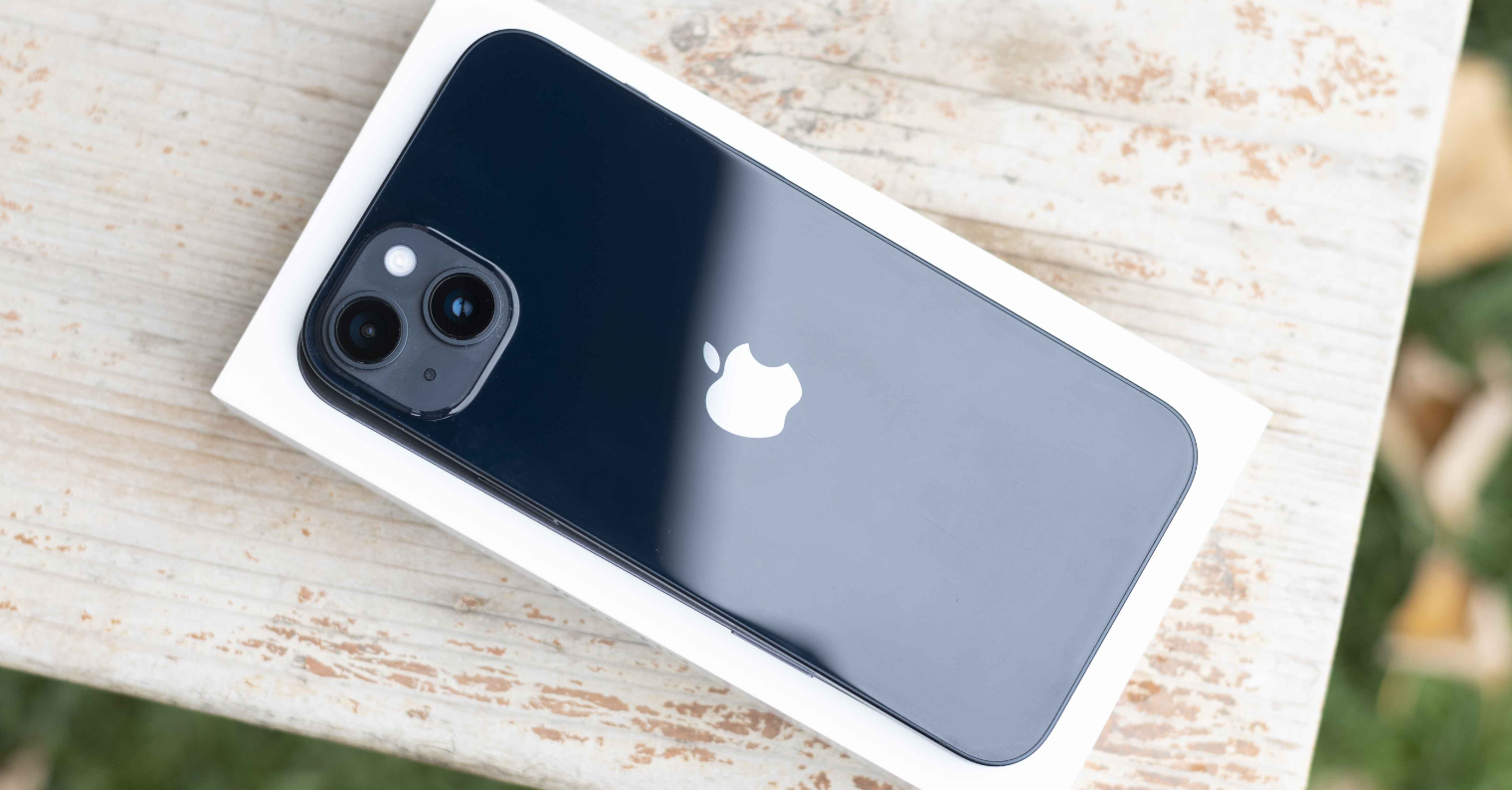
The sharp version of the current Android will then be released around August/September. It is only at this moment that the beta testing wheels of the individual device manufacturers that will support this operating system start rolling. At the same time, it is not the case that the given manufacturer suddenly releases the beta of its superstructure for all models that receive the new Android. For example, in the case of Samsung, the current flag will come first, then jigsaw puzzles, their older generations and finally the middle class. Of course, some models will not see any beta testing at all. Here, you're just pretty heavily tied to the device. With Apple, you just need to have an eligible iPhone, with Samsung you also need to have an eligible phone model.
But Samsung is the leader in updates. He too (in selected countries) provides the public with a beta of the new Android with his superstructure, so that they can search for and report errors. Last year, he managed to update his entire portfolio to the new system by the end of the year. The fact that there was a real interest in the new One UI 5.0 from the public helped him in this, so he could debug it and officially release it faster. Even the release of a new version is tied to individual models, not across the board, as is the case with iOS.




















 Adam Kos
Adam Kos 





